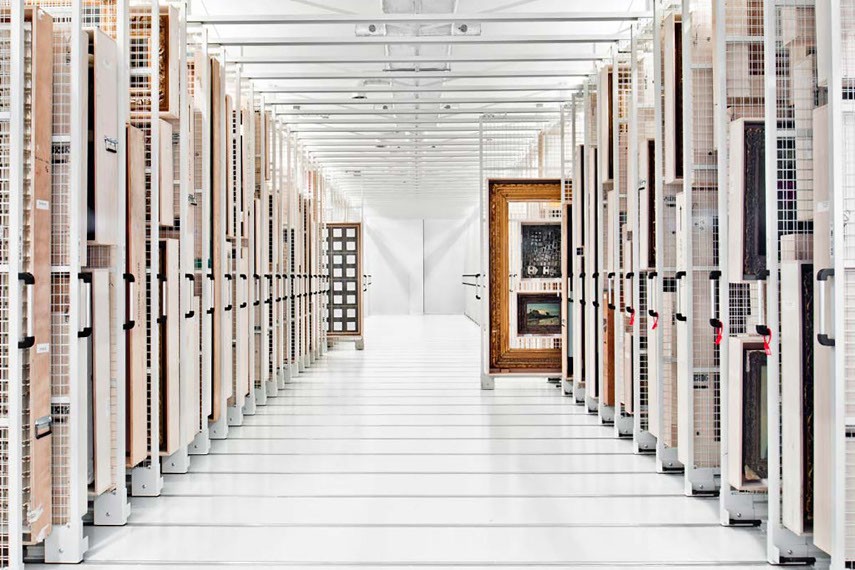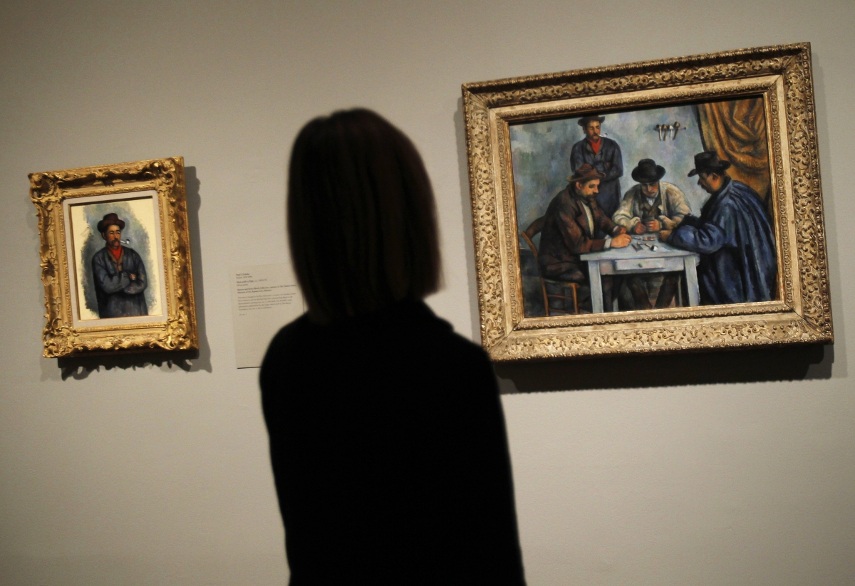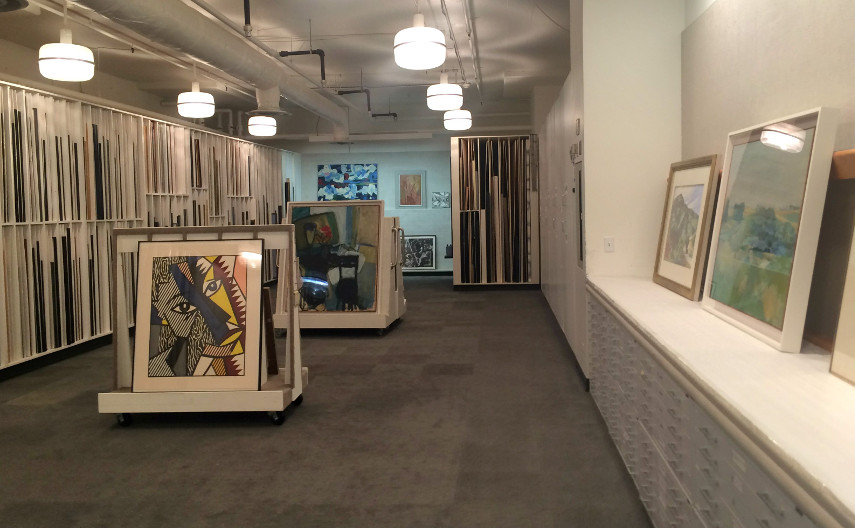[ad_1]
It appears that today’s auction houses’ game plan is to try and provide the services that will suit absolutely every vendor, buyer and work of art out there. They adapted tremendously to the needs and demands of a contemporary setting, easily overtaking the online realm and cleverly handling the new strategies of marketing.
But, among all services auction houses are able to provide, probably the most interesting and definitely the most mysterious is selling artworks behind closed doors – in a private auction.
Making use of their vast international networks, auction houses are now able to move out of the salesroom and embrace working in the shadows if the buyer, for whatever reason, prefers his art sold in a more private manner.
Since what once was a somewhat rare occurrence is now the industry’s standard, we take a look at the way auction houses go about their business when selling works of art privately, as well as discuss the apparent pros and cons of such a practice.

How Does a Private Auction Work in the Art World?
Auctioning off a piece of art in a private manner involves an auction house accepting a work on a short-term consignment and, instead of offering it at a standard auction, whether in public or online format, it approaches purchasers discreetly. A list of potential buyers is made and a piece is sold to the one the seller prefers.
This is, in many ways, a more elegant and quicker option, not to mention that it brings a lot of safety benefits as well. All leading auction houses are pouring significant resources into developing this alternative revenue stream, as more and more owners are interested in conducting sales this way.
It should be noted that, historically speaking, galleries were always the main destination for anyone desiring private sales, but contemporary times saw auction houses not only getting in direct competition with galleries when it comes to private auctions, but also becoming the undisputed leader of this practice.

An Incredible Growth of Private Sales
Of course, galleries, art dealers and auction houses have been conducting private sales for as long as there was an art market. But nowadays, Phillips , Christie’s and Sotheby’s are devoting entire private sales divisions and are opening galleries with sole purposes of holding private sales, something we’ve never seen before at this scale.
Furthermore, as the competition between the major houses intensifies, the private auctions of art were never as organized as they are today. Another reason why private art auctions are on an incredible rise is that artworks are increasingly being bought as a way to discretely move money around the world, so people looking to manipulate finances or figure out an investment prefer that transactions take place behind closed doors.
Although statistics show that private sales already make up a sizable chunk of auction house revenue[1], there is still room for growth and we expect to see private auctions become an even bigger part of the art market down the line.

Advantages of Selling Art in a Private Fashion
There are many advantages to both the individual who sells and the one who buys an artwork if the transaction is performed via a private auction. First of all, all parties are far less exposed to public knowledge, which allows them to “do the deed” without any potential interference.
The second main advantage is that such a scenario eliminates the chance of public failure at auction – if a work of art fails to be sold at a normal auction, it becomes “burned” (undesirable in the auction-house jargon) and a lot harder to sell in a subsequent auction. On the other side, if you fail to sell the piece in a private deal, you can always come back and try again either in another private bidding or via a public auction.
In other words, there’s always a plan B. Private auctions also minimize the risk of the buyer backing off from his or her bid.
Finally, if a piece is sold via a private auction, the price remains a secret, which is always a good thing if the buyer is planning to turn the work into a long-term investment.

Can Private Auctions Cause Some Unwanted Issues?
Private auctions may benefit auction houses, galleries, buyers and sellers, but there are people out there who believe this way of conducting business may hurt the overall state of the art market.
Many individuals working within the industry consider that the growth of auction house private sales treads on their turf and compromises the traditional function of the auction house as a platform for public sales.
The other main issue people take with private auctions is that the utter lack of exact figures reinforces the already concerning state of the art market that’s drowning in murky waters from a strong transparency deficit. Some also believe that selling works behind closed doors hurts the credibility of the auction house as a source for objective price-finding.

A Seller’s Choice
No matter how much it may seem like private auctions are taking over the art market, public auctions aren’t going anywhere. They will always be considered vital as the complex psychology, publicity and frenzied atmosphere can drive prices up better than any other method of selling art. Nonetheless, the private format of selling pieces will remain a viable option for many art owners out there as it’s secretive nature simply offers things public auctions are not able to bring to the table.
Ultimately, it’s the seller’s choice whether he’d like to sell the work of art publicly or privately. Those who go with the latter will probably do so because of the irresistible allure of discretion – in a world that prides itself on discretion, the desire to reduce opacity tends to take the central stage more often than not and, as long as the art world continues to function in murky waters, we’ll have deals regularly taking place behind closed doors.
References:
- Vogel, C., April 25, 2009, More Artworks Sell in Private in Slowdown, New York Times [Feb 12, 2018]
Featured image: David Bowie’s Art Collection Auction Poster, via qzprod.com. All images used for illustrative purposes only.
[ad_2]
Source link
